History of St Matthias’ Church
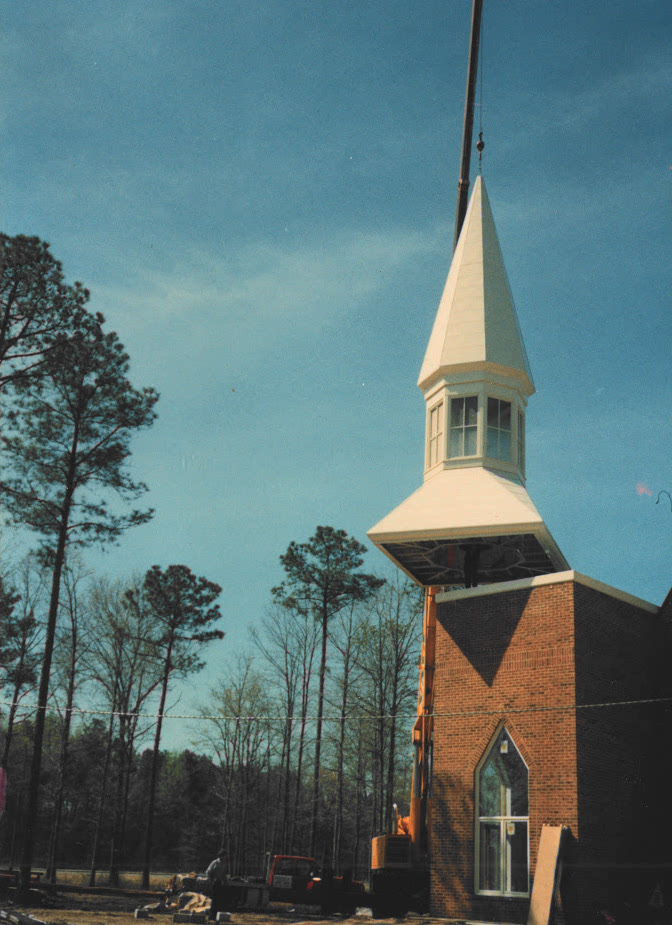
The Reverend G. Donald Black arrived in the Bon Air section of Chesterfield County in August 1968, to organize a mission to be located on 5 acres of land along Huguenot Road. In 1968, the site was considered “out in the country”. But that was to change.
Just one month later, some forty people met in the basement of St. Edward’s Roman Catholic Church to celebrate the first service of the Huguenot Road Episcopal Mission. In early 1969, the communicants petitioned the Diocesan Council to be recognized as a mission to be known as St. Matthias'. The mission began to grow and in late 1969, relocated to a local community center.
By June of 1971, St. Matthias' was preparing for the excitement of its first groundbreaking. On Christmas Eve, the congregation braved the elements to celebrate the first service in their new, but still uncompleted church home. The congregation persevered and completed the first church building, which was dedicated in 1973. Two years later, on January 20, 1975 the Annual Council of the Diocese of Southern Virginia voted to grant St. Matthias’ parish status. In 1978, as an addition for classroom space began, Don Black accepted a call to another church. The Parish undertook the search for a new spiritual leader and in 1979; The Reverend Robert D. Morrison Jr. was called as the second Rector of St. Matthias'.
During the 1980’s, the surrounding communities and St. Matthias' experienced significant growth. Along with the increasing numbers of communicants came new programs. People were busy with everything from youth and music programs to Christian Education and the famous St. Matthias' Pig Roast. By the close of the decade St. Matthias' was in the midst of another building program. In May of 1990, the Service of Dedication was held in the new Nave. Its distinctive design became a landmark on the ever-changing Huguenot Road corridor.
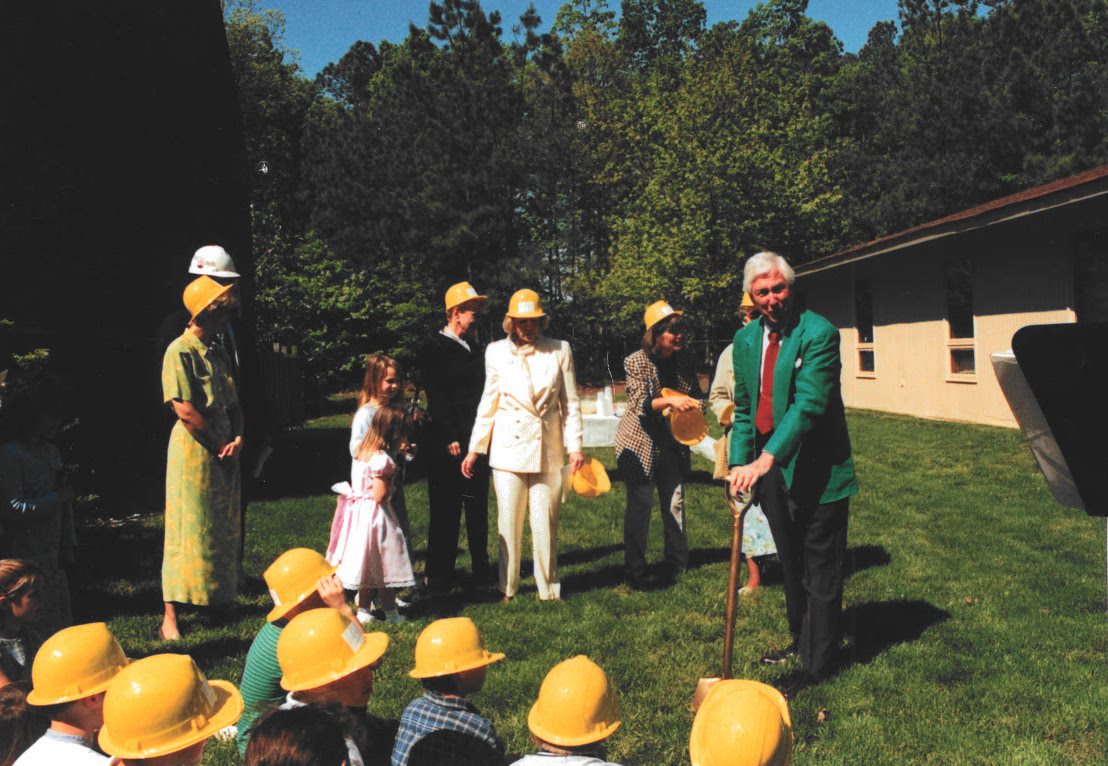
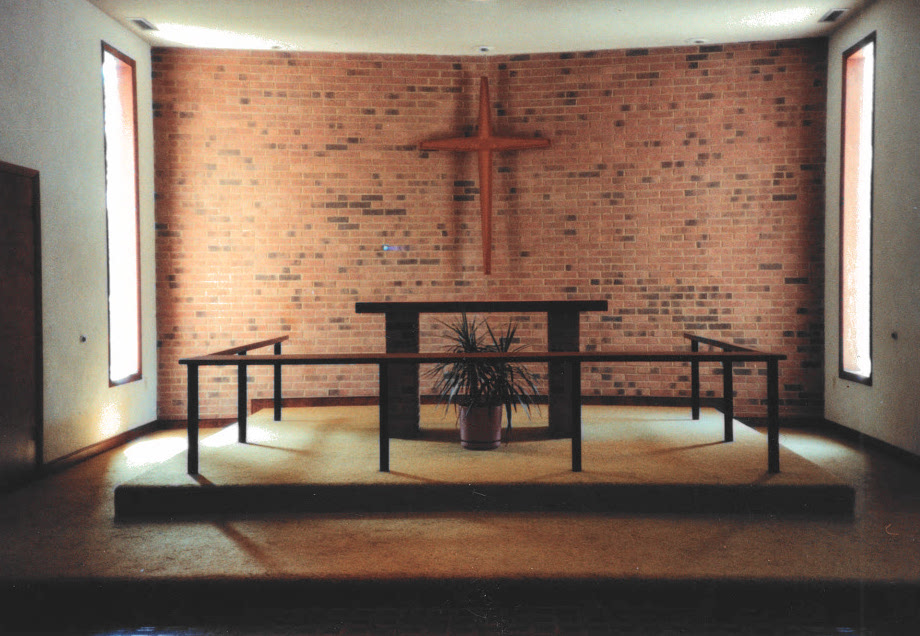
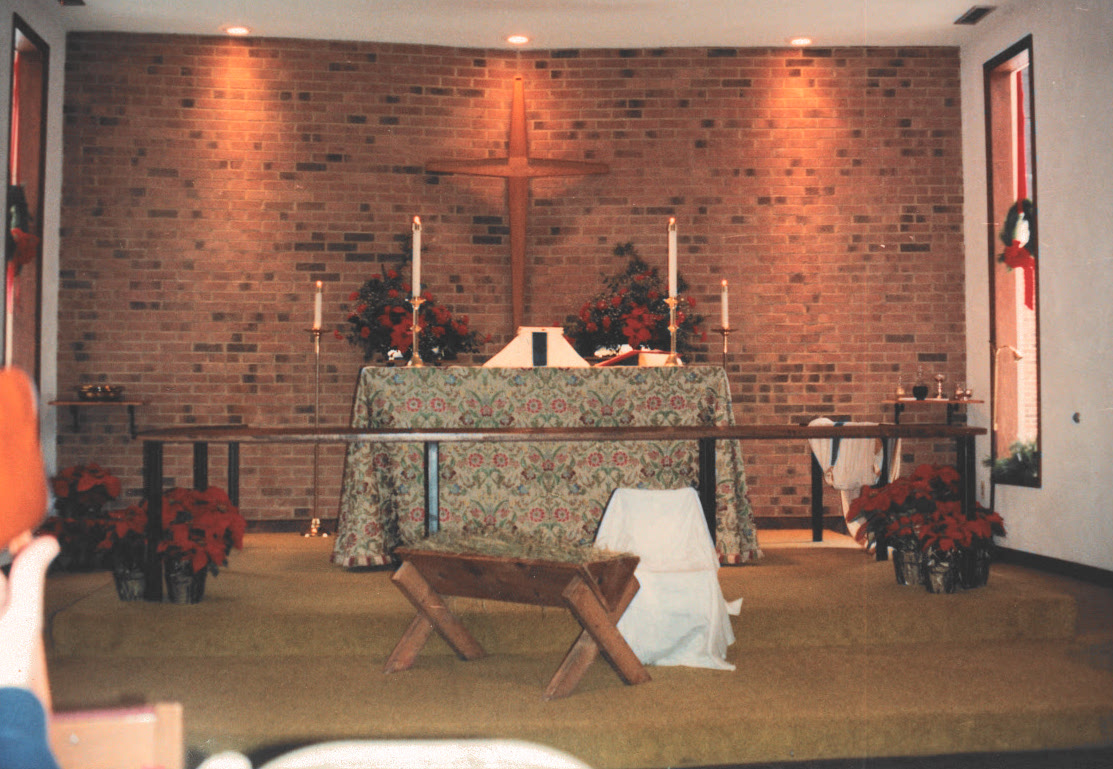
We built it and they came. The 1990’s brought new and exciting opportunities to spread the Gospel. As a “covenant church” with Habitat for Humanity, St. Matthias' participated in several projects. The music program expanded with the appointment of a staff position to direct the guitar and singing group at the early services. Bob Morrison led the people in liturgical expressions that provided opportunities for spiritual growth.
Amid the growth programs such as Logos – mid-week fun and faith experience for our youth – the people of St. Matthias' became known for a serious commitment to reaching out to the community and creating ministries of support. Thanks to generous funding, St. Matthias' was able to focus on helping people near and far. At St. Matthias', our commitment to Community Ministries is far more than a contribution, it is a personal commitment.
The parish of St. Matthias' has always found itself to be diverse in family composition, ages, ethnicity, gender identity and orientation. Families from many parts of the world know themselves to be a part of our family of faith. We see diversity as one of our strongest bonds.
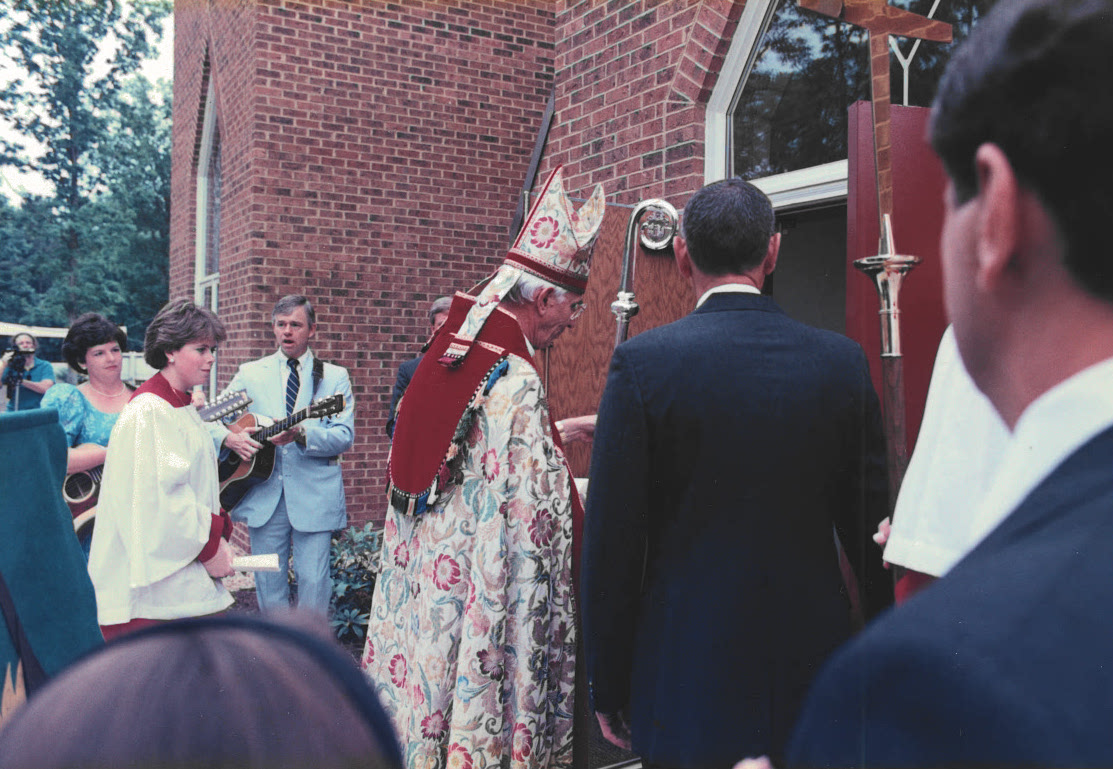

Before St. Matthias' began its major building program, the parish provided a sabbatical for the Rector. Upon his return, a refreshed Bob Morrison led a program to provide additional classroom, fellowship and office spaces. During this period, the Reverend Lynn Eaton Washington was called as St. Matthias’ first Associate Rector. Upon leaving to join the staff of the Bishop of Virginia, Lynn was replaced by the Reverend Linda D. Liebhart, who subsequently moved to New York as a Chaplain in the United States Army.
After 21 years as the spiritual leader of the people of St. Matthias', the Reverend Robert D. Morrison, Jr. accepted a call to St. John’s Church in Wilmington, NC.
Beginning the search for a new Rector, St. Matthias' called the Reverend Dr. John P. Boucher as Interim Rector in 2000. During this time, the Bishop of the Diocese ofSouthern Virginia was petitioned to call Dr. Boucher as the permanent Rector of St. Matthias'. The request was granted, and The Revered Dr. John P. Boucher was officially installed as Rector of St. Matthias’ on April 26, 2002 as the third Rector of St. Matthias'.
During John Boucher’s tenure, the laity moved into living their Baptismal Covenant. Many parishioners stepped forward and took up leadership rolls in the many ministries of St. Matthias'. Also, during this time parishioners started new community ministries.
Also, during this period, the many years of construction were completed with the addition of the Music Room/Sacristy wing, and the conversion of the original church into administrative offices and a library.
In April 2009 after 29 years of service as Parish Administrator Mary Boynton, affectionately known as Mother Mary, retired.
In the Spring of 2013, the Vestry of St. Matthias’ voted to approve the use of the Rite of Blessing Same Gender Unions.
The Rev. Dr. John Boucher retired from St. Matthias’ in August 2013.
In May 2014 St. Matthias’ called The Rev. Brenda S. Overfield as its new Rector. Brenda began her ministry at St. Matthias' in July 2014.
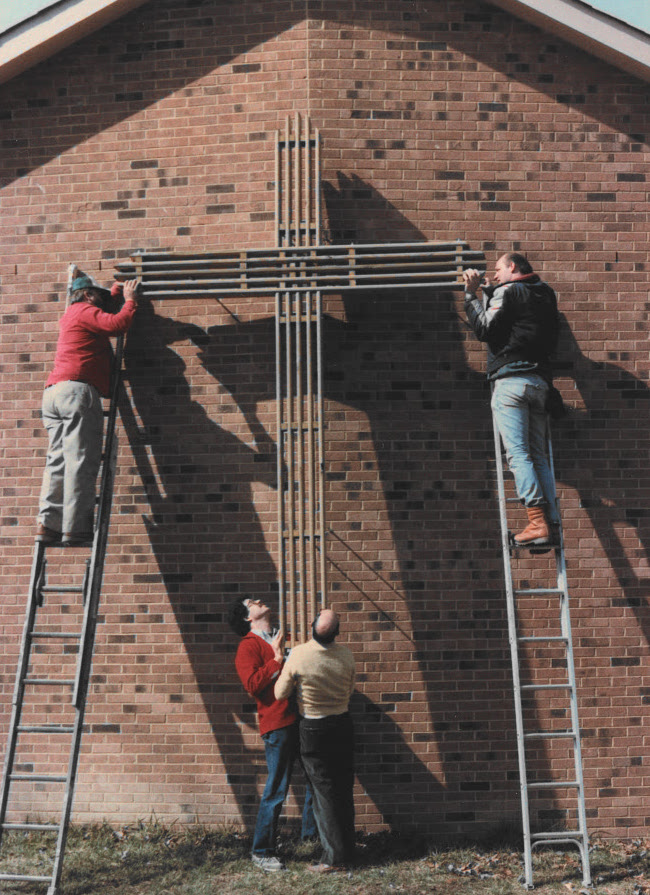
In the time since her arrival, much has occurred in the life of St. Matthias' and its members. There have been several functional changes to the day-to-day operations of the church - including the modernization of technology and a streamlining and restructuring of administrative processes. The ways we do ministry and support all our members as ministers of the Church continue to build upon the solid foundation previous Rectors have established.
There has been a particular focus on the expansion of Pastoral Ministries in the congregation, thereby bringing the ministries of the members deeper into their baptismal covenants, and better serving the pastoral needs of the congregation and our surrounding community.
In the past several years, St. Matthias’ presence in the larger Church has increased through the Rector’s encouragement of greater Diocesan involvement. Additionally, the combined leadership of the Rector, Vestry, and at-large leadership, are working to intentionally secure the continuity of our vibrant and vital ministries, and the facilities used to house them, for generations to come.
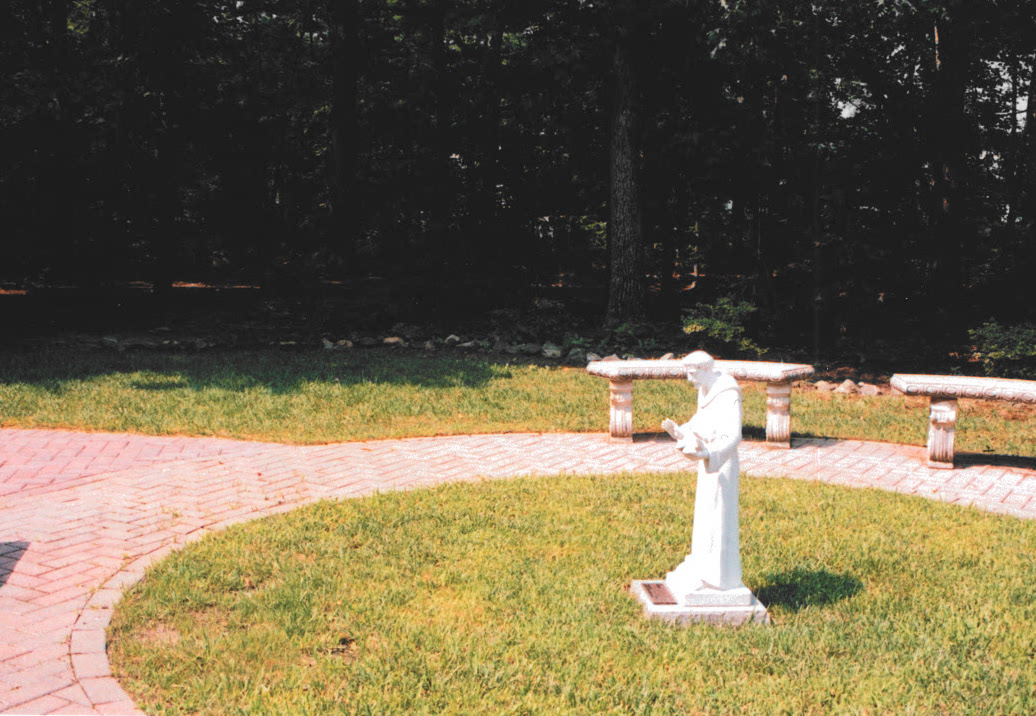

The Rev. Brenda Overfield served St. Matthias’ well for over ten years. In February, 2025, she retired from the Episcopal Church. Just a few months later, in May, the Rev. Greg Bezilla joined St. Matthias’ as our interim rector. The discernment committee is currently seeking a shepherd who will be a strong spiritual leader for our congregation going forward.